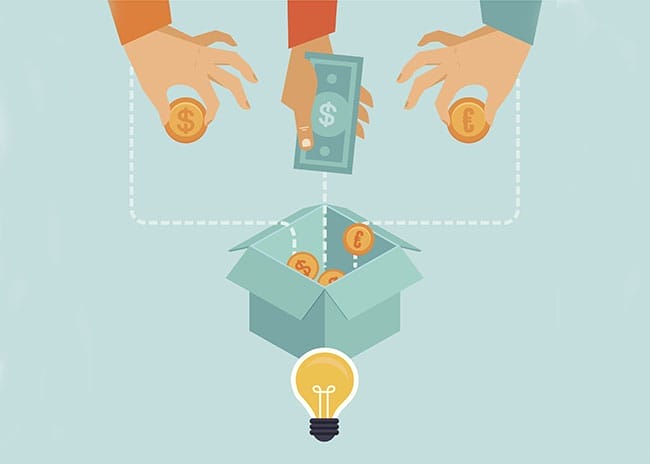What we were trying to do was to create a financing platform for a television project with a Public Broadcasting station in Washington. The program is a series titled Breaking Barriers: The Change Generation, focused on selected accomplished African-Americans whose careers sprung from the changes of the Civil Rights era, beginning with an episode on “The Freedom Riders.” To do this, we considered crowdfunding. It was a choice between was Kickstarter or Indiegogo.
Crowdfunding Goals
Crowdfunding sites charge a fee for services if the goal is met, and they often return funds if the goal is not met. Kickstarter requires all of its campaigns to meet their stated goals or it remits all funds collected to the donors. With Indiegogo, there’s a “Flexible Plan” that allows you to keep the funds you receive, whether or not you meet your goals. The Indiegogo site also allows for continuous solicitations after the first campaign, all things going well, which works well for a project like Break Barriers because we want to develop an audience.
Crowdfunding Costs
Kickstarter requires transaction fees of 3 percent and 20 cents per transaction; Indiegogo charges 3 percent and 30 cents per transaction. The additional costs per transaction, regardless of the size of the contribution or donation, were included in our budget planning and did not significantly affect our decision. Indiegogo works with credit cards, ApplePay and PayPal, giving alternative methods to contribute or donate funds, whereas Kickstarter provides for fund collection through Amazon. Both sites use Google Analytics to track progress.
Crowdfunding Perks
With Kickstarter’s Perks category, Perks are pre-categorized at $1,000, $100, $50 and $25, with the ability to place limits on the number of opportunities to secure each perk. With Indiegogo, you determine the level of funding categories for Perks.
With Kickstarter’s connection to Amazon, you have an opportunity to create a relationship with a partnering company to print cups, T-shirts and other premiums with the name of the project as Perks.
Crowdfunding Risks
Kickstarter requires a category on its campaigns titled “Risks and Challenges,” which I find to be adding more information than needed. Why do you have to have a “challenge or risk” that you have not anticipated but that you’re supposed to discern before you take on a campaign?
Crowdfunding Ease of Use
Indiegogo’s site is easy to use and allows for the attachment of videos, Internet links and documents. For instance, Kickstarter has a section on the campaign for organizers titled “About You.” We were simply able to add that, along with other Internet links and business information, by linking to our business website, which contains bios about who and what we are.
Crowdfunding Decisions
Our plan to secure funding from corporations, foundations, ancillary publications and individual donors outside the crowdfunding process played into our choice between Kickstarter or Indiegogo. The latter’s Flexible Funding option made the most sense to us. For our purposes, this is a good thing because we want to build a support base, along with a loyal and committed audience, over the run of the series.
We also chose Indiegogo because, as of July 15, 2015, the crowdfunding platform changed its financing rates to a level of 5 percent for the Flexible Plan, which was a reduction from the previous rate of 9 percent. Comparatively, Kickstarter charges 5 percent when a goal is met.
Editor’s note: If you’ve recently conducted your crowdfunding campaign, we welcome your reasons for why you made a choice between Kickstarter or Indiegogo. Share them in the comments section below.
Be sure to also check out the Breaking Barriers Project Indiegogo campaign, now active, as well as watch its promo below.

























